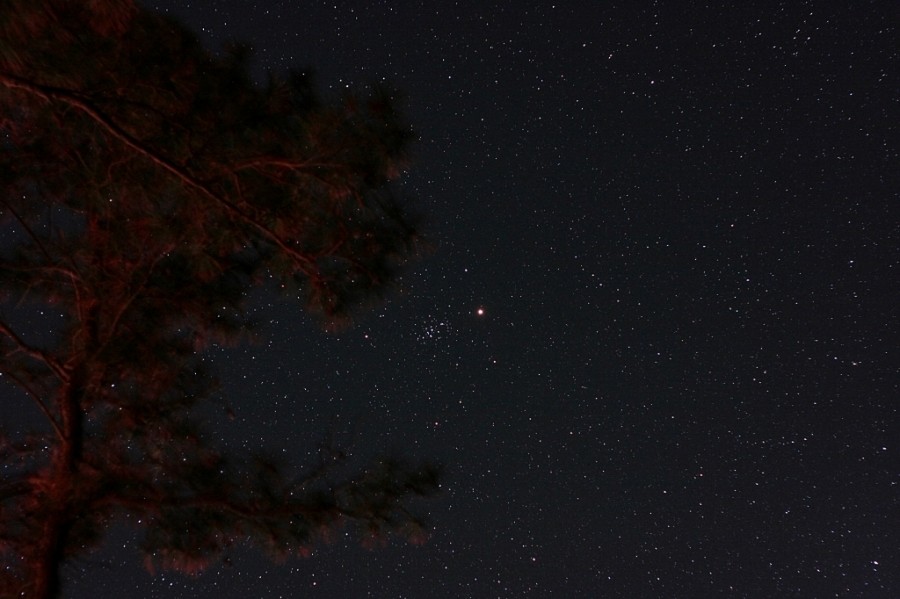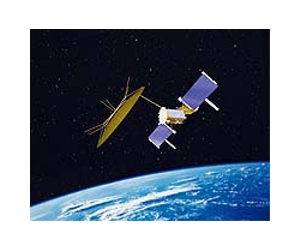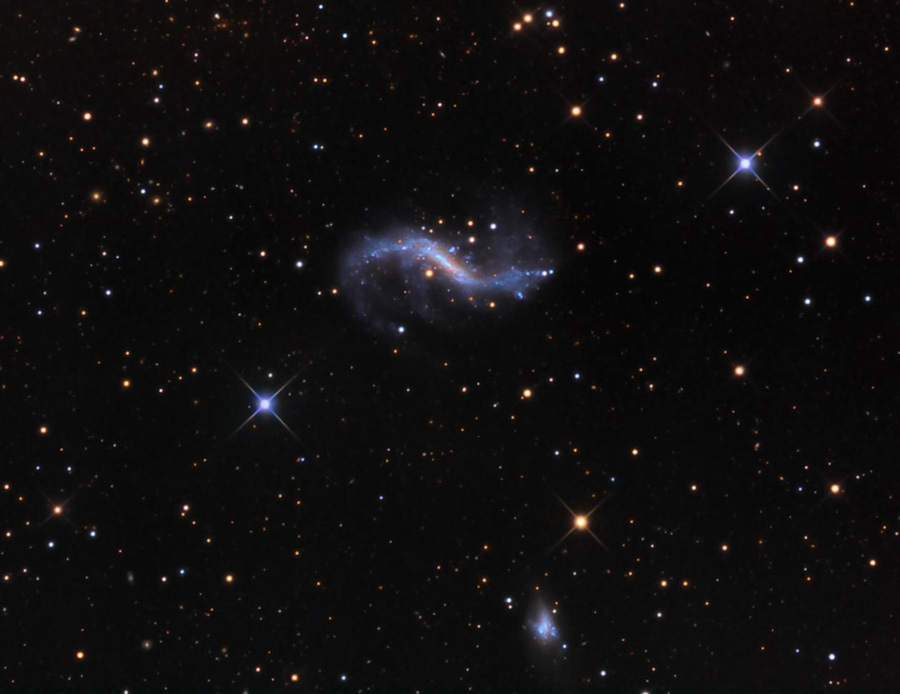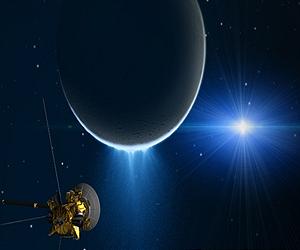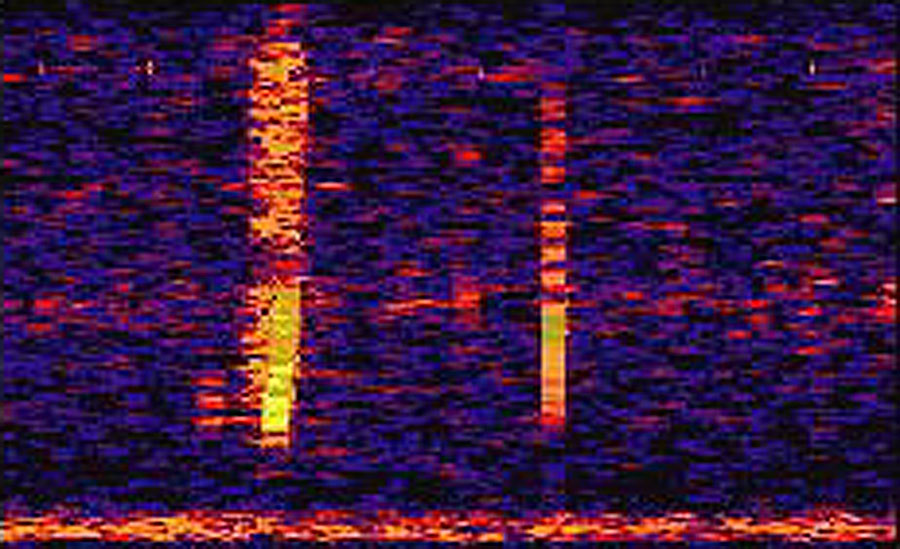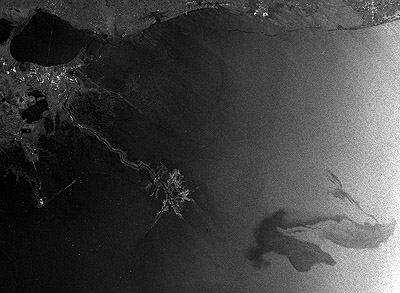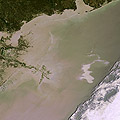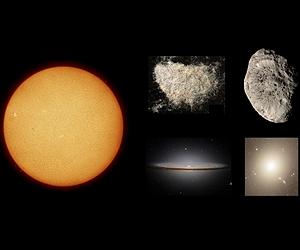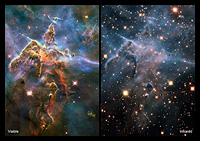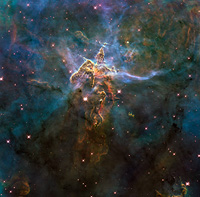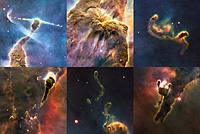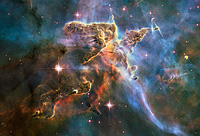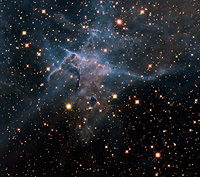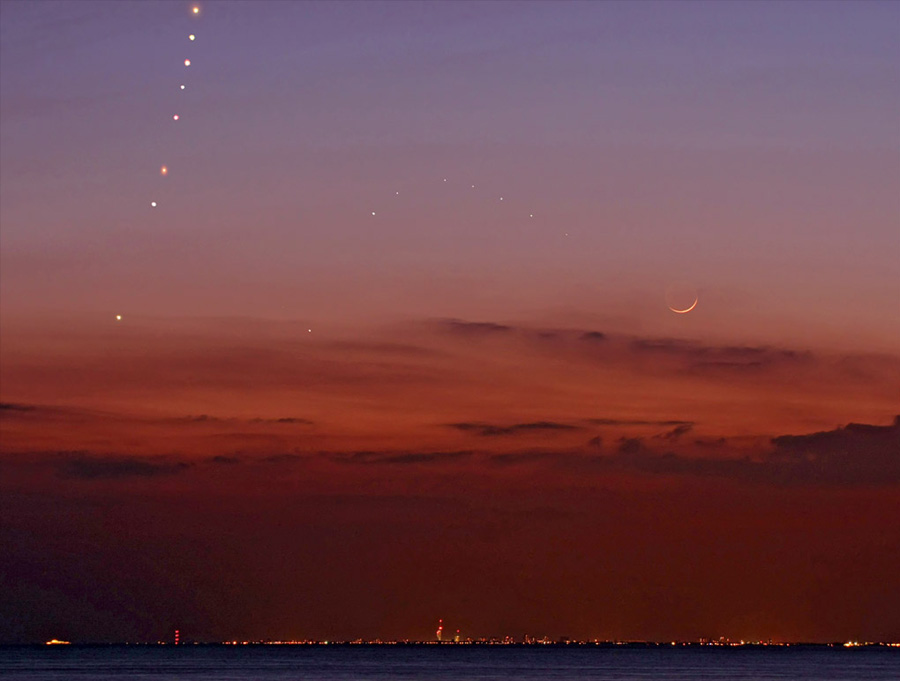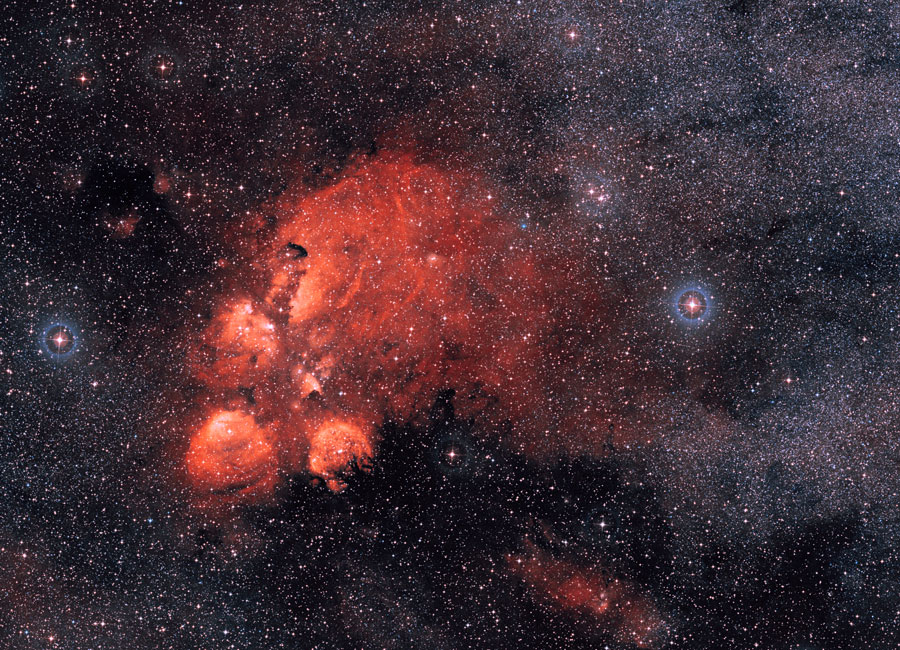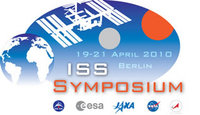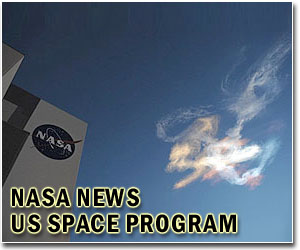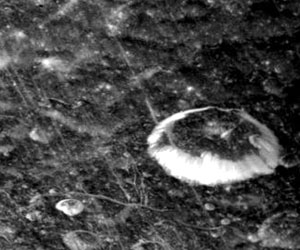President Barack Obama visits Kennedy Space Center in Florida on Thursday to deliver a "major space policy speech" outlining the new future for US space exploration, NASA officials say. But Florida lawmakers, NASA employees and others who make a living from the US space program are hoping the president will offer details on the "bold and ambitious new space initiative" which the White House proposed in February.
Plans unveiled two months ago proposed scrapping the Constellation program, which was developing a new rocket to take Americans back to the moon; and giving private industry the role of building the space vehicles to take humans to the International Space Station (ISS).
NASA, meanwhile, would concentrate on research and development.
The proposals caught many space officials and aficionados, as well as Florida lawmakers, off guard, and they are hoping Obama will ease fears about everything from job cuts to loss of US prestige.
Former NASA administrator Michael Griffin called the new path a "total surprise," while lawmakers from both sides of the aisle have vowed to work together to change the White House proposals, which Democratic Representative Susan Kosmas described as "unacceptable."
The proposed changes would result in huge job losses for a state already battered by the slack economy, she said.
Some 9,000 highly skilled professionals would lose their jobs on the Space Coast, the nickname given to Florida's Atlantic shoreline and home to the Kennedy Space Center, a region already reeling from double-digit unemployment, said Kosmas.
Additionally, three local support jobs would be lost for each skilled job cut at the space center, said Melissa Stains, president of the Chamber of Commerce of Cocoa Beach, which lies just south of the Kennedy Space Center and sees an influx of tourists and space industry workers for each shuttle launch.
"Three times 9,000 is 27,000 jobs in our area... it's huge," said Stains.
"We are in a recession, we have high unemployment... and now we might lose the biggest employer in the county," she said.
The change of direction for NASA would coincide with already announced plans to retire the space shuttle. That decision was made by former president George W. Bush in 2004.
After the shuttle fleet is grounded, the United States would have to depend on Russia's Soyuz spacecraft to ferry astronauts to the International Space Station, the construction of which has been almost exclusively funded by the United States.
Constellation was to have taken over where the shuttle left off, but only after a gap of at least five years.
But with financial reasons forcing Obama to propose that the hugely expensive and over-budget rocket project be scrapped, the United States could be a space hitchhiker for several years, until private industry can build a new launch vehicle and fill the gap.
"We are very concerned about losing our leadership in space," said Kosmas, who with Republican congressman Bill Posey has introduced a bill in Congress that would extend the space shuttle's life and speed up development of a new US spacecraft.
She is hoping Obama will announce plans to continue with manned space flight and suggests keeping the shuttle operational.
"Since the shuttle is the only US space vehicle currently with the capability of servicing and supporting the ISS, we should continue to use that capability," she said.
Dale Ketcham, president of the private think tank Spaceport Research and Technology Institute, was also concerned that the United States would lose its leading role in space exploration and called on Obama to chart a clear path in space for the United States.
"I think people fear Obama is abandoning US leadership in space... I believe he does want to go to the moon, to Mars, but he has to come down here and say that.
"We need to know where we are going," Ketcham said.
